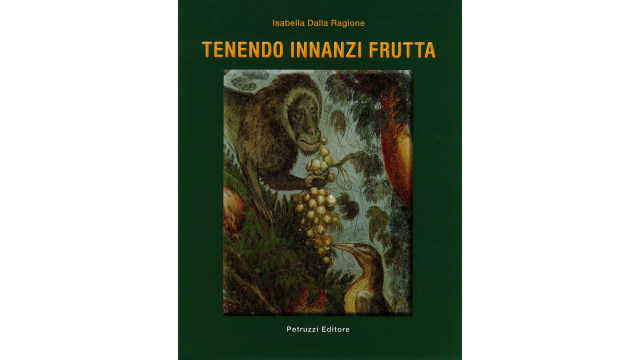Apricot

What are apricots?
Apricots are yellow-orange stone fruits with soft, slightly fuzzy skin. While they do share a family and genus with their fellow stone fruits, apricots are so much more than tiny peaches or furry plums (well technically, the “plum” that’s pickled for Japanese umeboshi is an apricot).
Why are apricots healthy?
Apricots are great sources of both soluble and insoluble fiber, as well as powerful antioxidants like vitamins A and C, lutein, zeaxanthin, and beta-carotene (their bright color is a clue here). There’s some evidence that extracts of apricot seeds may have anti-cancer properties, though there are toxicity issues (see the surprising fact below).
What do apricots taste like?
Fresh apricots have a finely velveteen skin and a thick, meaty texture, less juicy than a plum or peach. The flavor is sweet with a tart, floral complexity, and they have a slightly caramelly-honey aroma. Dried apricots are pleasantly soft and chewy, with a more concentrated earthy-sweet flavor. The kernels within the pits have a slightly bitter almond flavor.
How do I use apricots?
Once you’ve rinsed them, apricots are ready to eat. People generally remove the pits, but in France, it’s common practice to crack a couple of kernels open and add them to the pot when making apricot jam to take full advantage of the fruit’s complexity. Apricots make excellent jams and fruit sauces, and they’re wonderful baked and grilled.
What do apricots pair well with?
Apricot’s tart flavor and floral aroma is played up beautifully with honey, date syrup, vanilla, almonds, and creamy cheeses (especially mascarpone). You can also sharpen the acidity with a little aged balsamic or pomegranate molasses. Dried apricots love being used in savory dishes, especially with fragrant basmati rice, carrots and pumpkin, and Ottoman spices like cinnamon, cumin, coriander, and blue fenugreek.
Where do apricots grow?
As their Latin name implies, it was originally thought that apricots came from Armenia (and they’ve certainly been grown there for ages), but molecular data over recent decades suggest they likely originated in China and Central Asia, and then spread south to western Asia and east to Japan. Today, the majority of the crop comes from Turkey, Uzbekistan, and Iran.
How to buy apricots
When buying fresh apricots, select plump, heavy fruits without bruises or mushy spots; they’ll ripen on the counter and keep fresh for a few days in the refrigerator (but taste best at room temperature). Avoid apricots outside their local growing season (early summer) — otherwise they’re picked unripe for shippability and have no flavor. When buying them dried, select sulfite-free apricots if you’re sensitive to sulfites (they’ll be brownish instead of pale orange) and keep them in a cool, dry place.
Surprising apricot fact
Though Europeans adore the slightly bitter almond flavor that cracked apricot kernels impart to jams, liqueurs, and Amaretti di Saronno cookies, like its close relative bitter almond, apricot kernels contain amygdalin, which is converted to cyanide in the human body. Eating more than two kernels a day can cause cyanide poisoning in adults, so indulge with caution!


